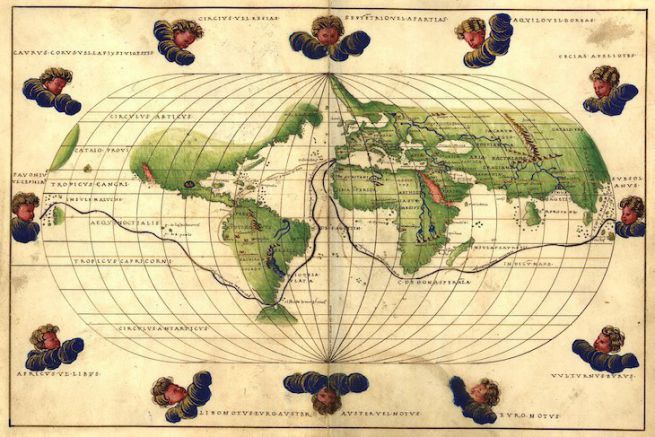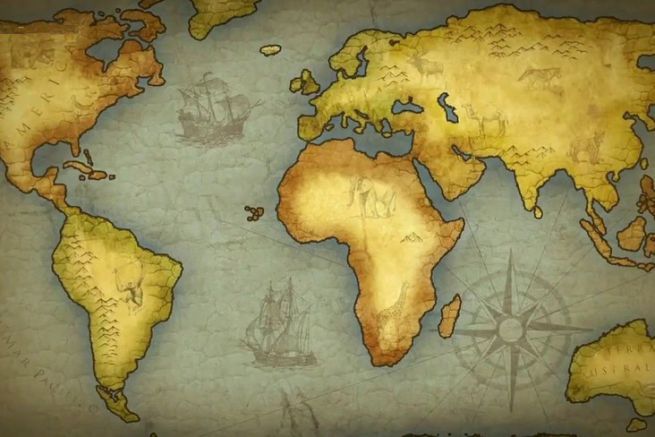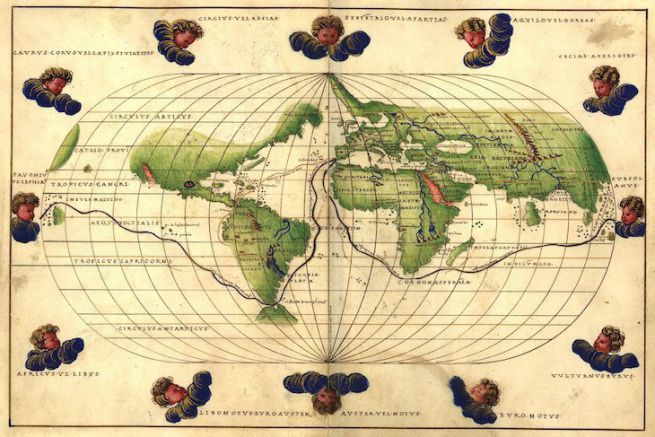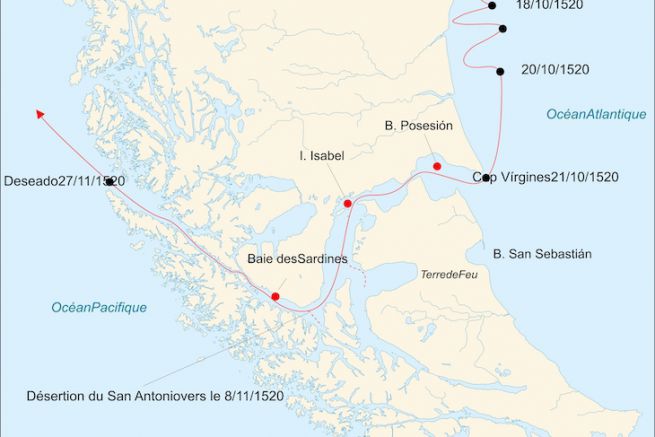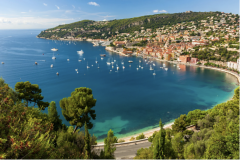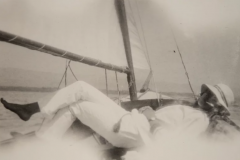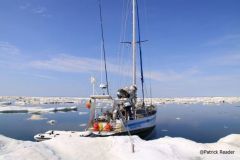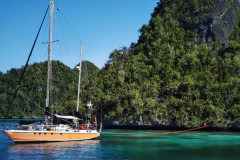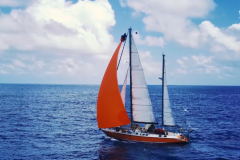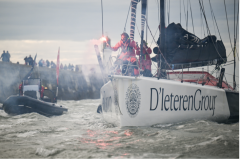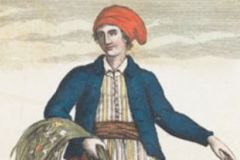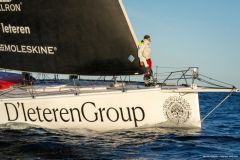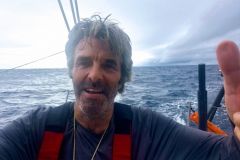The Christopher Columbus upheaval
To ensure that no one could dethrone Portugal in its quest for a spice route, Henrique had an oath ratified by the Pope. All continents, seas and islands discovered south of Cape Bojador (Western Sahara) would be the exclusive property of the Portuguese country. In exchange for this, the house of the Viseu would receive the whole unknown East and millions of inhabitants.
Portugal was convinced that it had found the right route and was building a huge fleet on the Tagus to reach India from Cape Town.
But everything was called into question when news of Columbus' success reached Portuguese ears. The Genoese explorer had succeeded - on behalf of Spain - in crossing the Atlantic Ocean and finding a land after only three weeks of sailing. If it was America, Columbus was convinced that he had set foot on the Asian continent and that if he continued to the west of Spain, he would soon land at the mouth of the Ganges. A breakthrough that terrifies Portugal.
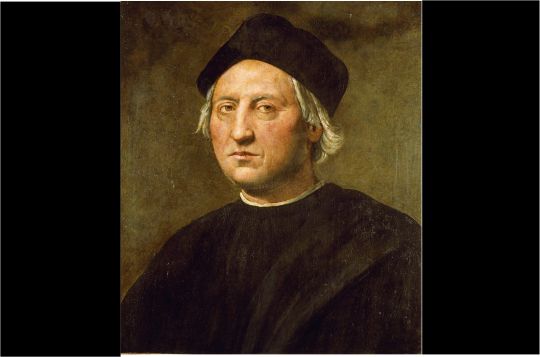
For what is the point of owning the property of all the countries encountered in the east if Spain finds a road to the west and takes the spice road from it? All that remains is to take up arms to stop Spain's intrusion into its conquest.
But the Pope cares about these two countries, Spain and Portugal, good Christians whose rulers have never questioned his will. He then decides - to please everyone - to divide the as yet unknown parts of the world among them.
After a first treaty ratified on May 4, 1493 - a second - fairer for the Portuguese - will be established on June 7, 1494. This is the Treaty of Tordesillas, which delimits an imaginary line established at 370 places in Cape Verde. All the undiscovered countries to the west of this line will belong to Spain and all those to the east will belong to Portugal. Thanks to the retreat of the demarcation line in 1494, Brazil - which has not yet been discovered - is now returning to Portugal.
But in the end, with this cutting, we no longer know where the precious spiced islands are. Indeed, no one has yet measured the circumference of the earth, especially since the Church refutes the fact that it is round.
The Great Discoveries
Nevertheless, the Columbus case triggered a fervour for the adventure. Whereas in Henrique's time, you have to go to great lengths to find sailors, 80 years later, everyone wants to leave for the new world. This is the first step in the Great Discoveries. In the space of thirty years, Spanish and Portuguese ships have discovered more continents than in previous centuries. In 1498, Vasco da Gama reached India on behalf of Portugal, the same year, Cabot - commissioned by England - approached Newfoundland (Canada) and the American coast.
In 1499, Pinzon for Spain and Cabral for Portugal simultaneously discovered Brazil, while the Portuguese explorer Gaspar Corte-Real located Labrador (a province adjacent to Newfoundland).
In 1506, the Portuguese discovered Madagascar, in 1507 Mauritius, in 1509, they reached Malacca (Malaysia) which they seized in 1511, allowing them to have a foot in the Malay Archipelago, so appreciated for its spices. In 1512, Ponce de Léon entered Florida, in 1515, Nunez de Balboa was the first European to see the Pacific Ocean from the heights of the Darien region, located on the border between Colombia and Panama.
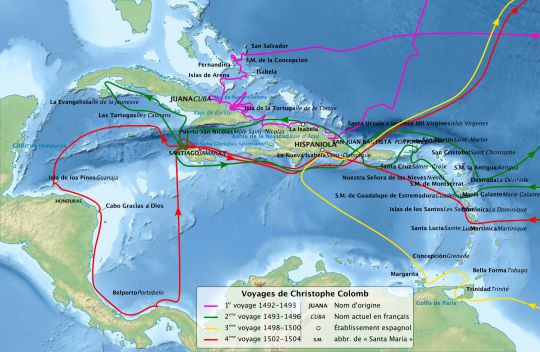
At that time, we know all the seas of the world, and the world map is changing from year to year. Cosmographers spend their time modifying maps, and geography is progressing in unexpected ways. During these fifty years the shape and final configuration of the earth were determined. But only one challenge remains to be met, to circumnavigate the globe on a single ship and prove that the earth is round. And it will be Fernao de Magelhaes who will fulfill this destiny.
